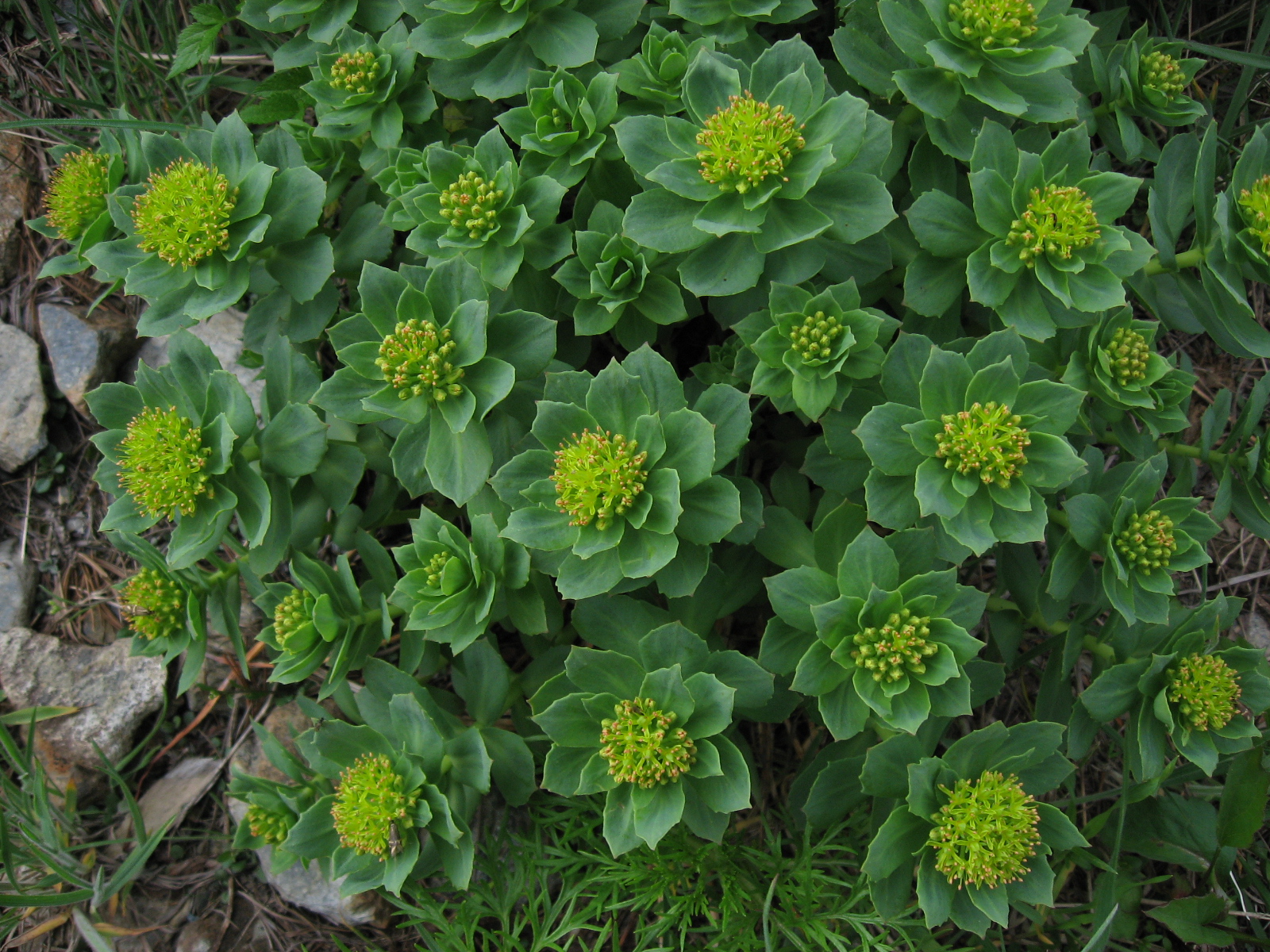One of the studies described in the talk on essential oils tested the use of rosemary and lemon essential oils in the morning, and lavender and orange oils in the evening. The study involved 28 patients, who were given aromatherapy with these oils for 28 days after a control period, with another 28 day washout period afterwards. After the aromatherapy period, all patients showed significant improvement in personal orientation, related to cognitive function, on two scales used to measure the severity of dementia. Patients with Alzheimer's disease showed significant improvement in the total scores of the Touch Panel-type Dementia Assessment Scale. Routine laboratory tests showed no changes, suggesting a lack of side-effects. There were also no significant changes in the Zarit's score, meaning that caregivers had no effect on the results.
In a third trial, lavender, geranium and mandarin oils in an almond oil base were applied to the skin of 39 patients. Increased alertness and contentment; improved sleep; and less agitation, withdrawal and wandering were observed. An open-label trial that was also discussed involved the use of several essential oils, including ylang ylang, rosemary, patchouli and peppermint. These produced a marked decrease in "disturbed behaviours", thus leading to reduced usage of pharmaceutical drugs. In a placebo-controlled trial, lemon balm and lavender oils were given to six patients, which increased functional abilities and communication while decreasing "difficult behaviour". Overall, essential oils seem to be a simple and effective complementary therapy for dementia, and even if you want to add something more complex such as dietary changes, it's a good place to start.
(Image: lemon balm. Source: Werner100359; CC BY SA: 3.0)



_1.jpg)
